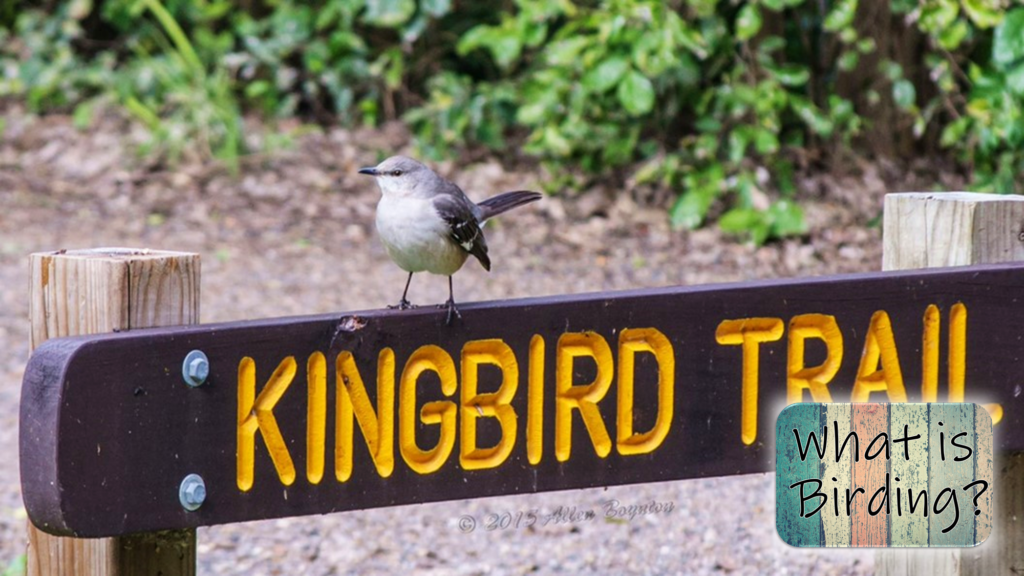
The entire state—no, entire world—is at a bird appreciator’s fingertips. With roughly 10,000 species, totaling over 400 billion individuals, there’s surely no scarcity of places where birds can be spotted by enthusiasts.
But how do avid birders find these birding hotspots? And how on earth do they know, say, which corner of the northern hemisphere to head to if they want to see a rare Arctic Tern?
Contemplating these topics raises several other daunting questions regarding “where”, like;
The best way to answer any of these “where” question is to provide resources that will help you find some bird watching locations that are perfect for you.
Lets scale back from the world and the rare Arctic Tern and talk about something more accessible. Indeed, we are the North Carolina Birding Trail, so let’s start there.
We are a driving trail, assembled to link birders and nature-based tourists with great birding sites across the state and the local communities in which they are found. So if you’re looking for popular birding locations across the state, we are a great place to start!
Using our map, you can scope out exceptional birding locations in any region of the state. There, you can find more details about each site and even see a list of frequently spotted birds in the area.
By using the map, you won’t be starting from scratch. You’ll have suggestions of several accessible locations that have been sought out by countless other birders, as well as a few species you can be looking for at each site.
But North Carolina is so abundant with birds that the public opportunities span beyond our 330+ locations.
The bird watching community is a well-connected network of welcoming people. They are very active online and love all-things birds from assisting others with identification, to pointing out hotspots for certain species. This means if you have social media, you can quickly get answers from local bird watchers that have been at it for years—decades even.
Start with Facebook. Pages like Carolina Birders and local Audubon pages are full of people from all over the state. Search there, or simply leave your questions.
The benefit of being part of the community goes beyond answering your “where” questions. It can help you learn more about birds and birdwatching. If you’re plugged in, you can hear about festivals and guided bird watching walks. You’ll be in the know about planned events that will surely be hosted at some noteworthy locations, and you’ll be able to bird watch with several others of a variety of experience levels.
Some avid birders might be traveling the world to spot a rare species, but most of us are opting for experiences close to home—which is a good thing, because we host more than 440 bird species in our state alone. It certainly won’t get boring looking for local birds.
Not to mention, we can get in on this search-for-an-unusual-or-particularly-interesting-species even in our local communities.
But how does this process start?
Well, say you’ve never seen a Green Heron, and you’re hoping to spot one—and if you’re lucky, maybe you’ll witness one luring in prey, as they are one of the few birds that use tools while hunting. By researching (using social media, us, or other online resources), you learn they’re showing back up in the spring.
The weather warms, and you begin researching their whereabouts. You learn they like shallow water and vegetation that can conceal them. Then you learn their call, a distinct “skeow” that can alert you that they’re nearby. Using the NCBT website and eBird, you learn that they’ve been recently spotted at Greenfield Park in Wilmington, which is close to you.
You now know what you’re looking for and where to go.
You go out in the mornings. It may take a few outings, but eventually, you spot one.
See how you can find key species without going too far?
We’ve discussed the many possibilities that exist in the state. We’ve talked about some good places to go, and some ways you can find the perfect locations. We’ve talked about how North Carolina is flooded with birds, and this inevitably makes us wonder if there are any locations that could be a birding bust.
Well, consider these locations:
Have you seen birds at any of these places?
If it’s your favorite place, if it’s accessible, if it’s your own backyard, it’s worth a bird watching try. Any place outdoors you find yourself lighting up to go to, all you have to do to see if it meets the criteria of “where” is this: next time you go, take a moment to listen. If you hear birds, then it checks as a good place to try birding.
A successful bird outing can happen at noteworthy locations visited by thousands of birders in the past, or it could be in your own creative place where you can simply see what you can find. The more resources you have and the more creative you can be, the more you will be able to confidently find yourself in bird watching locations that are perfect for the kind of outing you’re seeking.
So, are you enjoying your bird observing experiences? Are you happy with what you get to hear and see? If so, then you have “where” down. It’s quite simple actually; it’s “where” birds are.